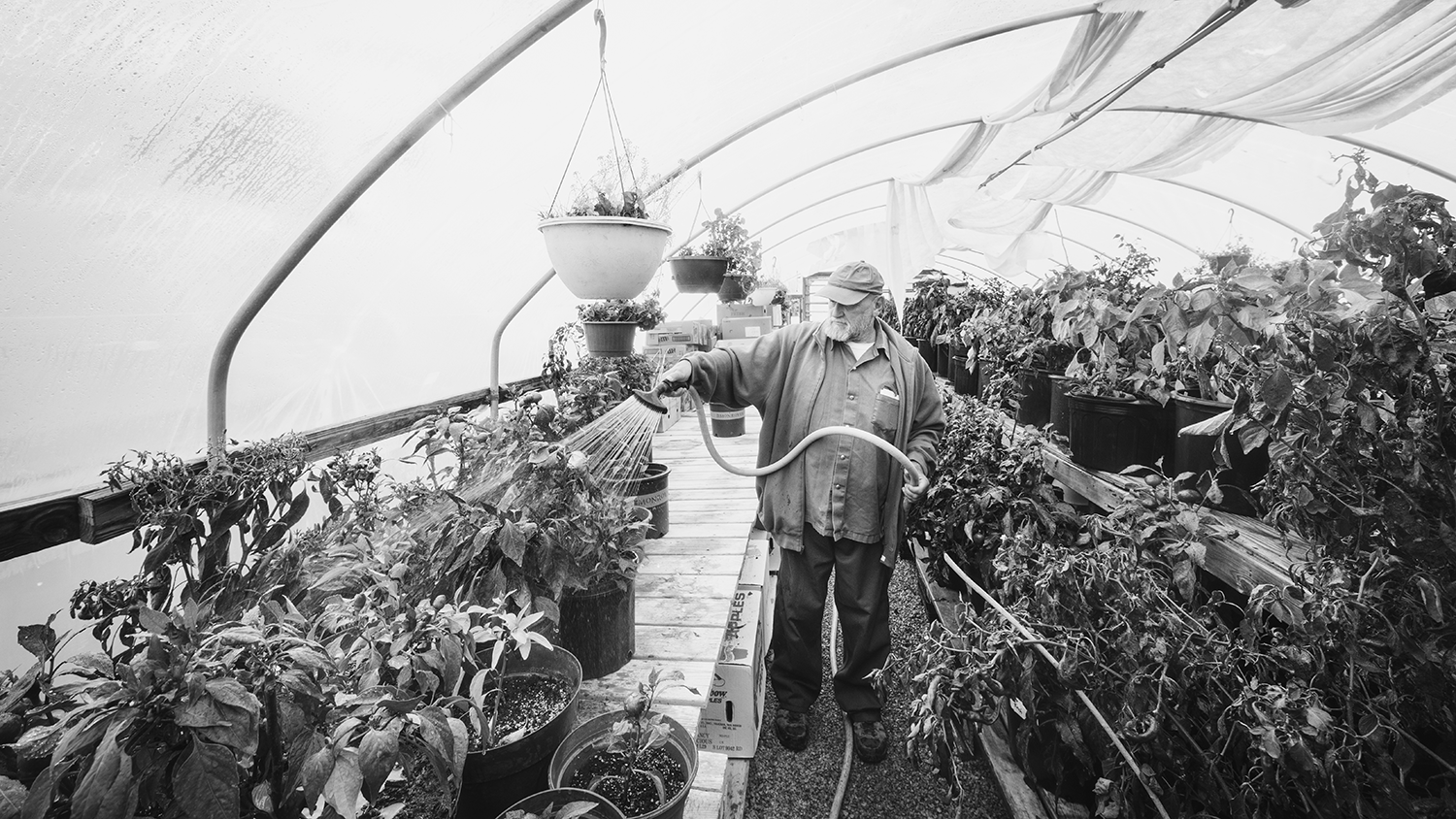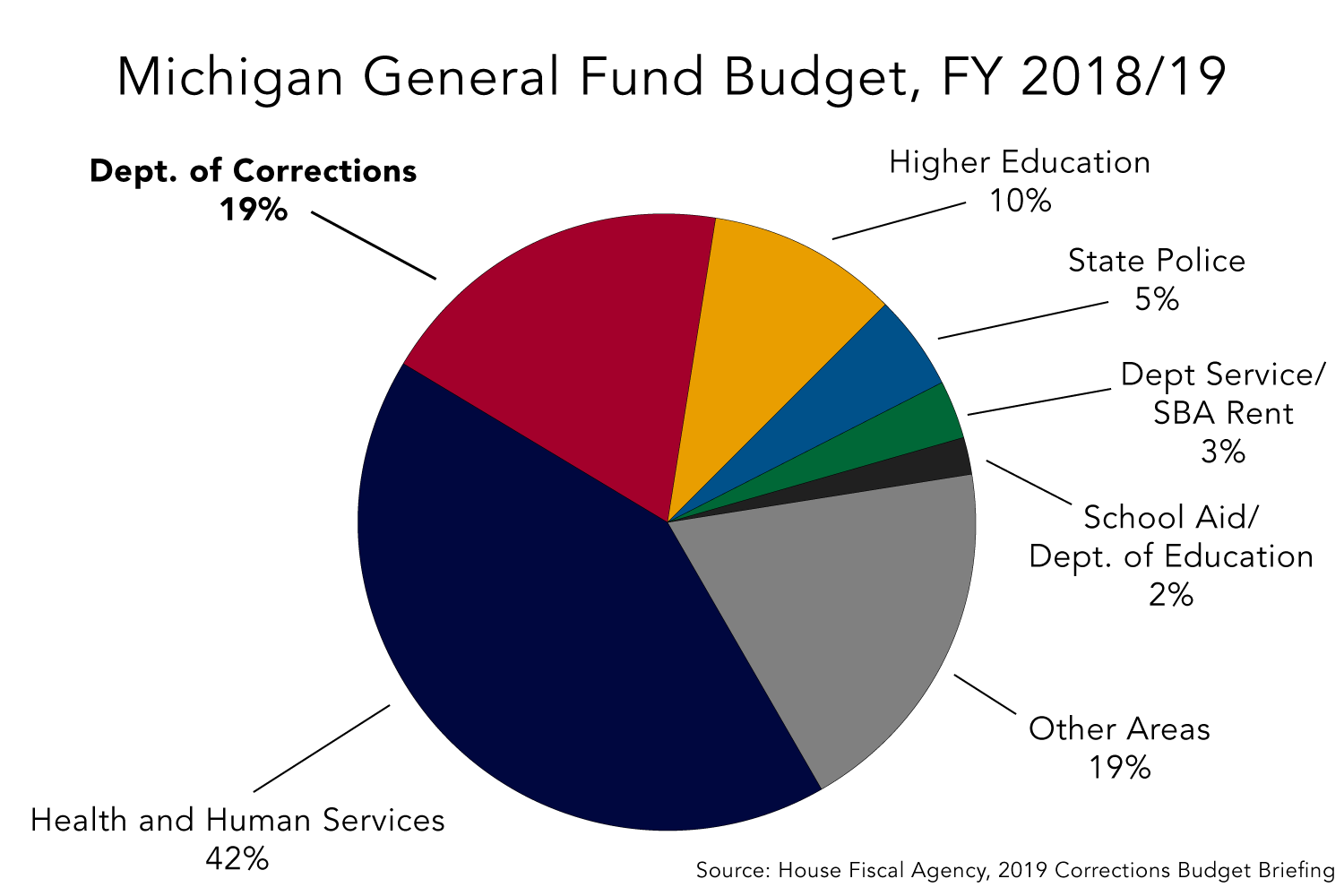In recent years, though, the union for corrections officers has expressed dissatisfaction with the MDOC over staff shortages and the mandatory overtime that comes with them. Stateside earlier this year spoke with a corrections officer at a Jackson County facility about the mental health toll that working in a prison can have on a corrections officer, particularly when there is mandatory overtime. That facility saw 4 correctional officer suicides over a 2-year long period.
Washington said these are issues that the department is actively trying to address. The department is stepping up recruiting efforts, she said, and has recently created an employee wellness unit with the input of corrections officers. It’s staffed by four clinicians and a chaplain, and Washington said that staff, retirees, and family of staff have access to those clinicians whenever they need them, 24/7. The department is also working to create a peer support network at facilities across the state.
“I’m not sure, and I don’t know of any other department yet in the country that is investing the type of resources that we are on wellness,” said Washington.
Rehabilitative programs that give inmates a productive way to spend their time while incarcerated can have a positive impact on staff as well, Washington said. In recent years, she’s seen that misconduct among prisoners and grievances against staff have gone down when those kind of programs are in place.
“It’s a completely different feel, and that creates a more positive working environment for staff, less stress and, you know, less people taking time off and those sorts of things. So that’s part of what I would like us to be studying in the whole realm of retention and employee wellness in the future.”
This post was written by production assistant Catherine Nouhan and producer April Van Buren.
Photography by John Patrick McGuire.




